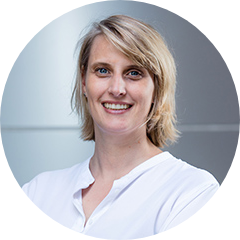The Blood Vessel Integrity lab at the Institute for Molecular Bioscience investigates the cellular and molecular mechanisms that control blood vessel integrity in health and disease.
Research focuses on three main areas:
- Cellular Mechanisms of Vascular Integrity: Projects uncover how specific cellular pathways regulate blood vessel integrity
- Vascular Disease and Aneurysms: Studies explore the origins and progression of vascular anomalies and aneurysms 3.
- Brain Cancer and Tumour-Vessel Interactions" The lab develops innovative models—including a BBB-on-a-chip platform—to study live interactions between tumours and blood vessels and to screen drugs targeting brain cancer
Combining the strengths of zebrafish genetics and 3D bioengineered human micro-vessels, the team leverages advanced live imaging to dissect how blood vessels respond to flow pressure and extracellular cues. Their work has yielded important insights into endothelial cell adhesion, tension dynamics, and vascular remodeling. By applying unique models and high-end imaging techniques, the Blood Vessel Integrity Lab produces high-quality, high-impact research that advances understanding of how an intact blood vessel network forms and functions. Their discoveries lay the groundwork for new therapeutic strategies to restore or enhance vessel integrity across disease contexts.
Group leader

Associate Professor
Anne Lagendijk
Group Leader, Blood Vessel Integrity Lab
+61 7 334 62105
a.lagendijk@imb.uq.edu.au
UQ Experts Profile
Our Approach
We combine the strength of the zebrafish as a genetic model that is extremely suitable for live imaging, with a platform for generating 3D bioengineered human micro-vessels.
These models allow us to uncover the mechanisms that are essential for endothelial cell function in lumenized vessels that are under flow pressure and are exposed to physiologically relevant extracellular cues. In zebrafish we apply technically challenging genetic, transgenic and live-imaging approaches that probe endothelial cell function live, up to level of single cells.
In addition, our recently implemented platform of bioengineered human vasculature complements the zebrafish work and allows us to tune and test parameters that contribute to EC biology, like blood flow and ECM stiffness.
Research Areas
- Vascular morphogenesis
- Mechanobiology
- Cell Adhesion
- Vascular disease modelling
- Brain cancer biology
General enquiries
+61 7 3346 2222
imb@imb.uq.edu.au
Media enquiries
IMB fully supports UQ's Reconciliation Action Plan and is implementing actions within our institute.
Support us
Donate to research
100% of donations go to the cause






